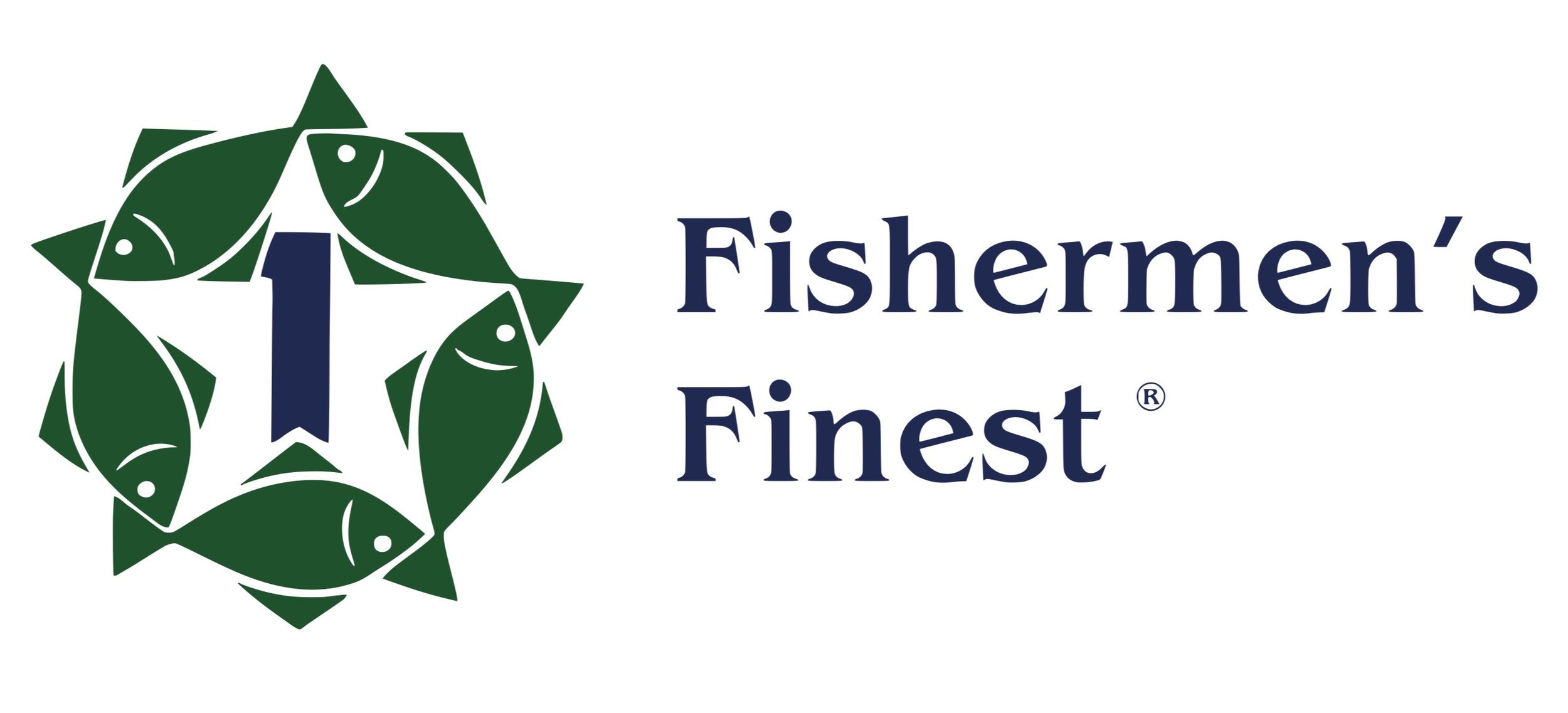Pioneer Rockfish Survey
Fishermen and Scientists Pioneer Cooperative Rockfish Survey
July 14, 2020
A groundbreaking collaboration brings fishermen’s experience and innovative technology on board to improve rockfish assessment.
Commercial fishermen rely on experience and state-of-the-art technology to trawl for rockfish in rough, steep, rocky habitats. Photo: NOAA Fisheries.
When Gulf of Alaska rockfish Fisherman Bob Hezel approached NOAA Fisheries biologist Mark Zimmermann with an innovative proposal, he saw a potential solution to a rocky problem.
“Captain Hezel offered to collect scientific data in ‘untrawlable’ areas where standard NOAA Fisheries survey trawls can’t sample fish populations. I was impressed with the advanced technology that ships like his, the F/V U.S. Intrepid, use to fish in these rocky, steep habitats, like a live-feed video camera that helps them target their catch while minimizing gear and habitat damage,” Zimmermann said. “I was also impressed that Bob and Fishermen’s Finest wanted to use these capabilities to improve rockfish assessments. This fishery is really important to them, and they want to invest in the resource by providing us scientific data to manage it. They want to help ensure that annual catch limits are sustainable.”
Commercial fishing vessels like the catcher-processor U.S. Intrepid use state-of-the-art technology like live-feed video to target certain species and avoid bycatch and hazards to minimize risks to fishing gear and habitat. Photo: © Fishermen's Finest, Inc./Bob Hezel
That conversation spawned a cooperative pilot study to explore the possibility of using industry catch and effort data to inform Gulf of Alaska rockfish assessments. The new project is called the Science-Industry Rockfish Research Collaboration in Alaska.
“Rockfish fishermen are taking a long-term stake in conservation,” said John Gauvin, science projects director at Alaska Seafood Cooperative (offshore harvest cooperative). “The industry has made large investments to improve fishing practices. We hope some of those innovative fishing practices will provide data for this cooperative effort to improve rockfish stock assessments in the Gulf of Alaska. We expect this will take a strong partnership between industry and scientists, and we are fully on board with that. We are ready to make the necessary investment in time and resources to make it successful.”
"Accurate stock assessments are essential for setting sustainable harvest levels,” said Julie Bonney, executive director of Alaska Groundfish Data Bank in Kodiak, the manager of the six onshore rockfish harvest cooperatives. “NOAA Fisheries scientists partnering with experienced Gulf of Alaska rockfish skippers who are familiar with the fishing grounds and are using state-of-the-art, innovative fishing technology to access untrawlable grounds makes so much sense to help improve stock assessments."
“We have managers, academics, and fishermen working together. We are coming from many sides, using multiple perspectives to address this issue,” said co-investigator Madison Hall, NOAA Fisheries affiliate. “This is collaborative and innovative research to improve our data for rockfish management."
Read more: Fishermen and Scientists Pioneer Cooperative Rockfish Survey


